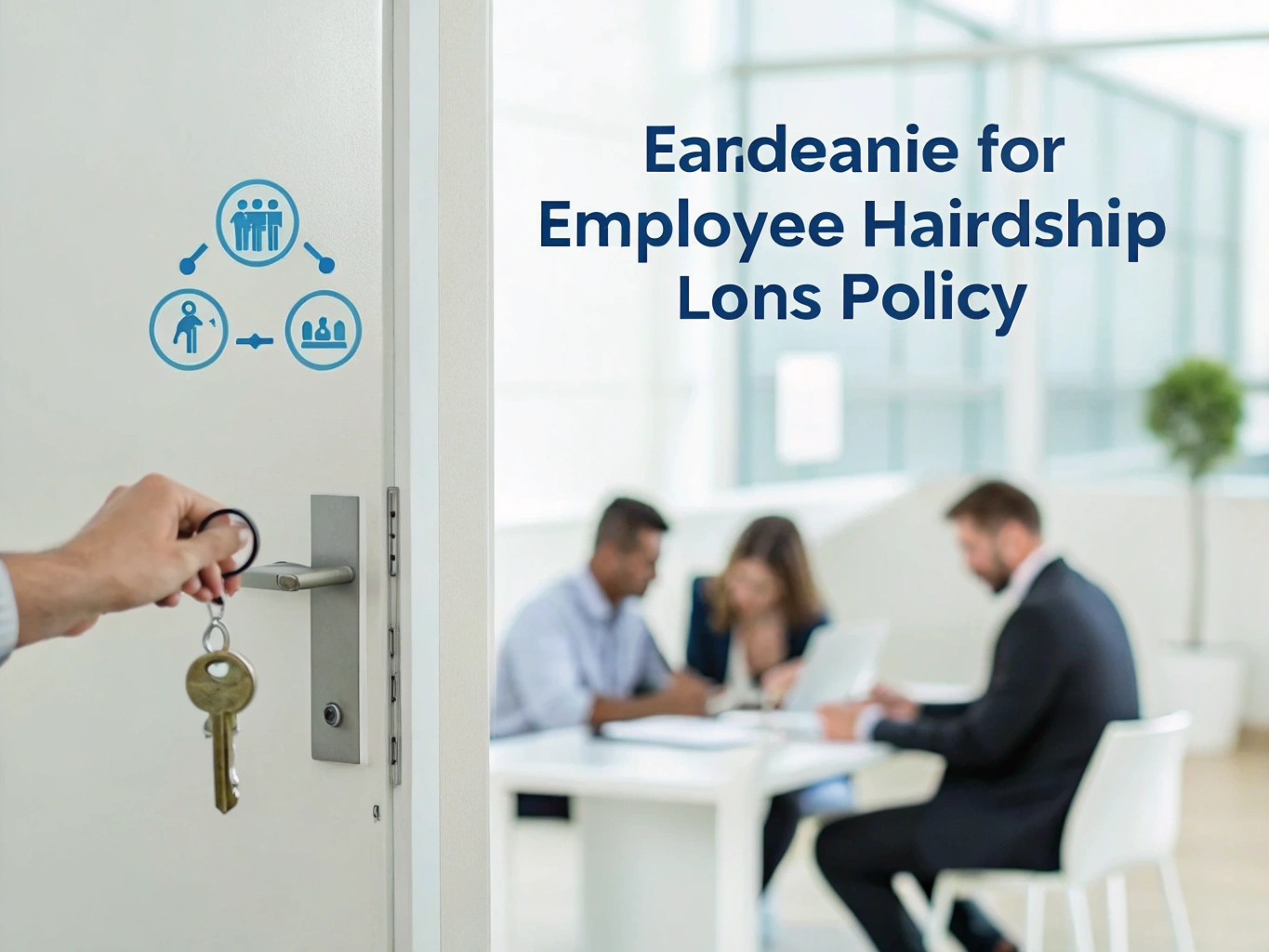Definition
A Learning Management System (LMS) is a dynamic software solution designed to facilitate, manage, and assess the educational experiences of employees. Think of it as your digital training hub where HR professionals can create engaging courses, monitor participation, and measure learning outcomes. In today’s competitive workplace, an LMS is essential for fostering continuous development and keeping skills sharp.
Key Components
Understanding the main features of an LMS can help you harness its full potential. Here are some critical components you’ll encounter:
- Course Creation: An LMS allows you to build and organize a repository of training materials, from interactive courses to videos and quizzes. For example, if your organization launches a new software tool, you can create a course that walks employees through its features and benefits.
- Progress Tracking: With robust analytics, an LMS helps you monitor employee progress, completion rates, and overall engagement. Imagine being able to see who’s acing their compliance training and who might need a little extra help, all from one dashboard!
- Automated Notifications: Forgetting deadlines can be a thing of the past! An LMS can automatically send reminders to employees about upcoming courses, deadlines, and assessments, ensuring everyone stays on track.
- Integration Options: Many LMS platforms can seamlessly integrate with other HR tools, such as performance management systems or applicant tracking systems. This means you can align training with employee performance evaluations effortlessly.
- Mobile Learning: Today’s workforce is always on the go. A mobile-friendly LMS enables employees to access training materials anytime, anywhere, whether they’re commuting or on a break.
Importance in the Workplace
So, why does an LMS matter in your organization? Let’s consider some real-world scenarios. Imagine a company facing rapid technological changes. An LMS can help upskill your workforce quickly, ensuring everyone is equipped with the latest tools and knowledge. Or picture a scenario where compliance training is essential. An LMS ensures that all employees complete mandatory training on time, helping the organization remain compliant without the stress of manual tracking.
Furthermore, an LMS fosters a culture of continuous learning. Employees who have access to tailored training programs are likely to feel more engaged and valued, leading to higher job satisfaction and retention rates.
Best Practices
Implementing an LMS can be a game-changer, but to make the most of it, here are some best practices to follow:
- Assess Learning Needs: Before launching your LMS, conduct a needs assessment. What skills are your employees lacking? Tailor your course offerings to meet these needs. For instance, if you notice a gap in leadership skills, develop specific training for future leaders.
- Encourage User Engagement: Promote your LMS and make it a part of your company culture. Hold a launch event, provide incentives for course completion, or even create friendly competitions to encourage participation.
- Solicit Feedback: Regularly gather feedback from users about their experiences with the LMS. What do they like? What could be improved? This will help you make necessary adjustments and keep the content fresh and engaging.
- Leverage Analytics: Use the data provided by your LMS to make informed decisions about training programs. For example, if you see low completion rates for a particular course, it may need to be revised or replaced.
- Continuous Improvement: The learning landscape is always evolving. Regularly update your courses and materials to reflect the latest industry trends and technologies. This keeps training relevant and engaging for employees.
Legal Considerations
When implementing an LMS, it’s essential to be aware of relevant legal aspects. Ensure that your LMS complies with data protection laws, such as GDPR if you operate in Europe or similar regulations elsewhere. This means safeguarding personal information and ensuring that employees know how their data is used. Additionally, be mindful of accessibility standards to ensure that all employees, including those with disabilities, can participate in training programs without barriers.
Conclusion
Understanding the ins and outs of a Learning Management System (LMS) can significantly enhance your workforce’s training and development efforts. By centralizing learning materials, tracking progress, and personalizing training experiences, you can foster a culture of continuous growth and engagement. As an HR professional, investing time in mastering this tool not only bolsters employee performance but also positions your organization for long-term success. Embrace the power of an LMS, and watch your team thrive!




